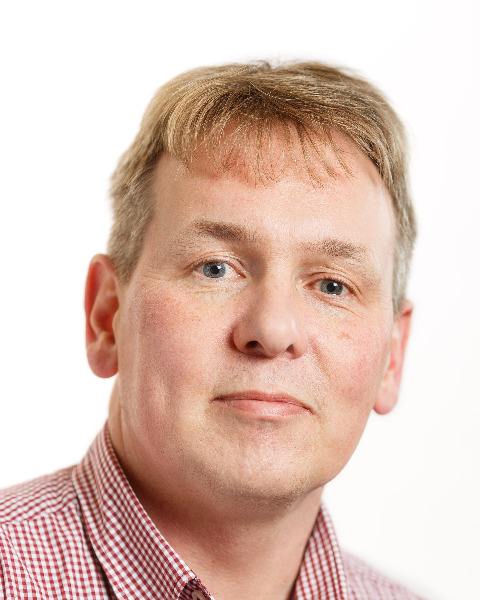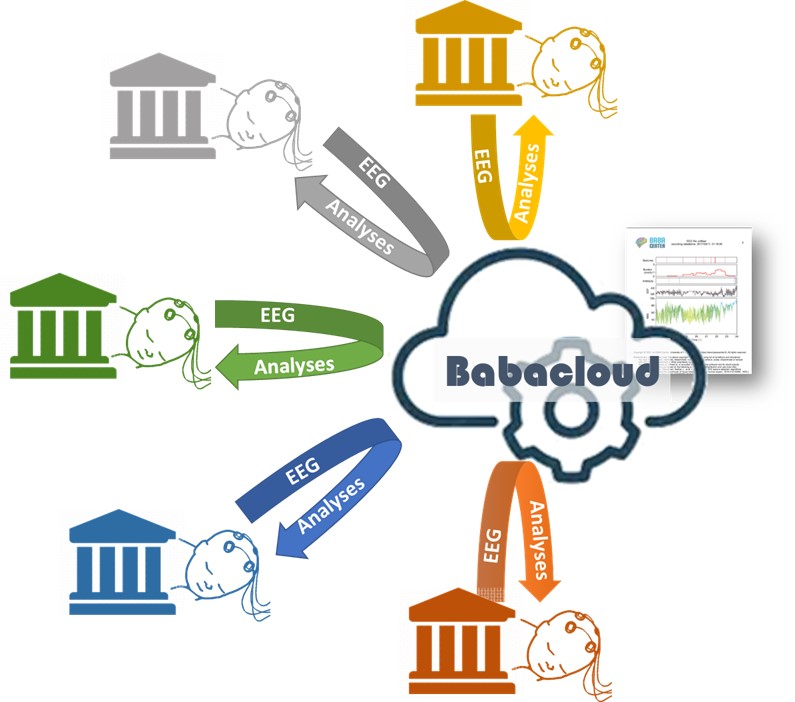Neonatal Neurology: Clinical Research
Neonatal Neurology 4: Clinical 4
98 - Cloud-based crowd sourcing to facilitate bench-to-bedside transfer of AI solutions: Case newborn EEG monitoring
Publication Number: 98.336

Sampsa Vanhatalo, MD PhD (he/him/his)
Professor in Physiology
University of Helsinki
Helsinki, Uusimaa, Finland
Presenting Author(s)
Background:
Implementing recommendations of neonatal EEG monitoring requires solutions for a continuous bedside EEG interpretation. Automated EEG analysis algorithms are being developed, but their wider clinical uptake is pending independent assessments of clinical utility. Such validation studies are, however, obstructed by the many legal challenges related to sharing clinical data as well as R&D-related interests limiting the sharing of analysis algorithms.
Objective:
To establish a computational cloud platform for science crowdsourcing, i.e. unlimited clinical studies using latest computational algorithms without sharing sensitive clinical data or algorithms between research institutions.
Design/Methods:
We constructed a cloud computing server that can be accessed anywhere via web browser. The server contains an upgradable set of artificial intelligence (AI) -based algorithms for neonatal EEG analysis, currently: seizure detection, Sleep State Trend (SST), Brain State in the Newborn (BSN; background classifier), and an artrefact detector/classifier. The server accepts EEG data in the EDF format, and it analyses EEG fully automatically without additional input from the user; it gives both a graphical report and the full analysis outputs (csv, table) with one-minute time resolution, to be utilized further by the respective clinician researcher. To ensure confidentiality, all EEG data is handled without personal identifiers, and both the EEG data and the results are deleted from the server after the analysis runs.
Results:
The pilot results from four different centers/countries using different EEG systems showed that an automated algorithmic EEG analysis is successfully done in all instances. The quantitative results, such as estimate of seizure burden, appearance of sleep wake cycling, or recovery of EEG background, could be readily combined with clinical information or other analytics available at the site of EEG origin, without sharing of sensitive information between research sites.
Conclusion(s): A computational cloud, such as Babacloud, offers a feasible route to clinical validation and worldwide uptake of the latest algorithmic developments. Such scientific crowdsourcing holds promise for greatly expediting transfer of AI-based solutions to clinical research and routine bedside use. Importantly, an objective and quantified, algorithmic assessment of neonatal EEG helps remove a key bottleneck in neurocritical care, and it may facilitate clinical research by offering an important high precision benchmark for early outcomes.
